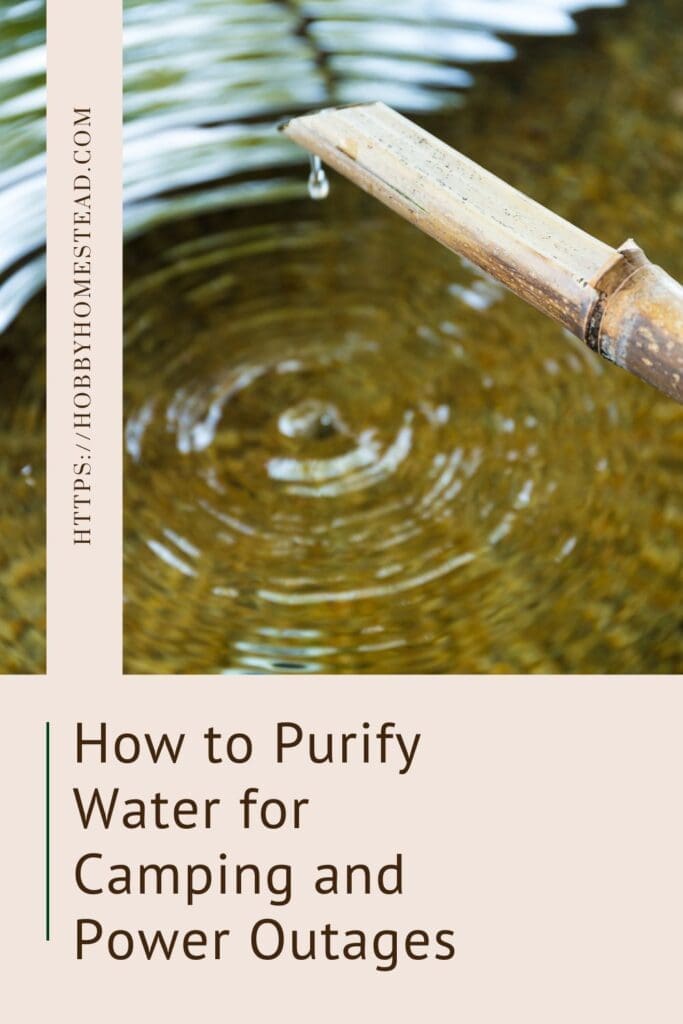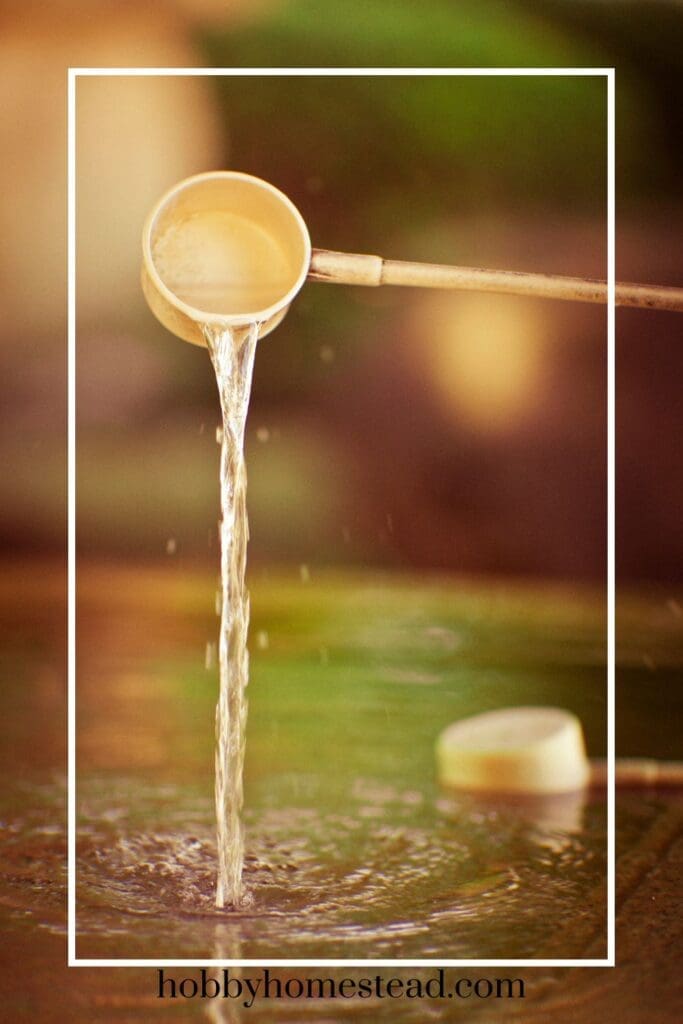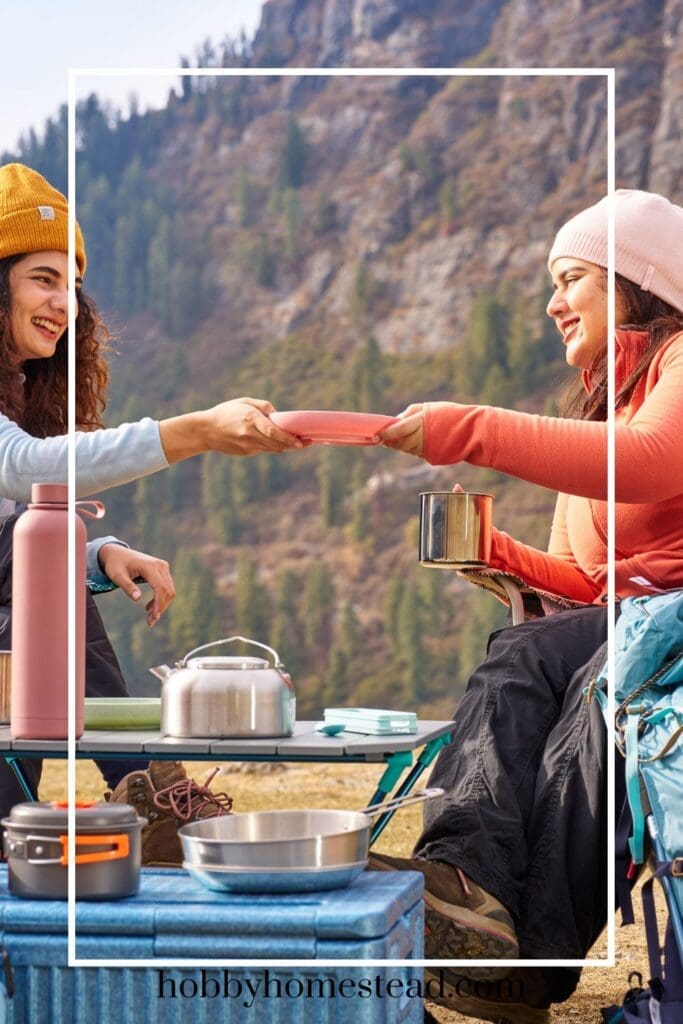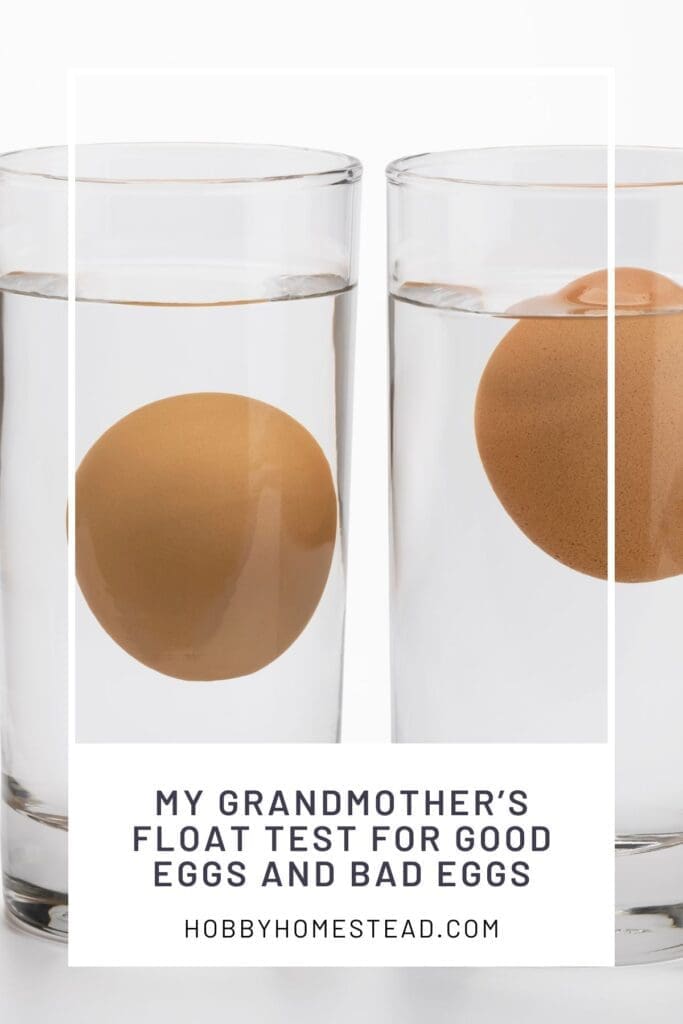Let’s talk about how to purify water so you have a plan before you need one. When you’re out in the great outdoors or facing a long power outage at home, clean water quickly becomes one of the most important needs.
Natural sources like streams, lakes, or rainwater may look like clear water, but untreated water can still carry bacteria, viruses, or parasites that can make you sick.
Learning the best way to turn dirty water into safe, potable water is a skill every camper, prepper, or homesteader should know.
Let’s walk through treatment methods that work in wilderness areas, emergencies, or right at home when the lights go out.

Why Water Purification Matters
Not all natural water is safe to drink. Even a mountain stream can carry small particles, harmful microbes, or contamination upstream. Untreated water may cause serious illness, especially for children, older adults, and pregnant women.
Whether you’re filling a water bottle on a hike or storing water during an outage, it’s essential to make sure it’s filtered water before you drink.
A Note from the National Park Service
The National Park Service distills water purification into just two essential steps—steps that fit perfectly into our toolkit whether you’re camping deep in the wilderness or managing during a blackout.
Step 1: Filter First
Start by straining out small particles like leaves, silt, and sand. That dirty water may look clear, but it often carries hidden grit. Use a water filter, coffee cloth, or even a DIY cloth-and-charcoal setup to make your water clearer. Filtration alone doesn’t make it safe. This is just the first stage to handle the natural source roughness.
Step 2: Disinfect
Once your water is filtered, it’s time to eliminate invisible threats—bacteria, protozoa, and viruses. The NPS recommends two trusted methods:
- Bring it to a rolling boil:
Bring filtered water to a full, rolling boil for at least 1 minute (or 3 minutes if you’re above 6,500 feet elevation). The high temperature ensures your water becomes potable water. Safe to drink, cook with, or use in a water bottle. - Use chemical treatment:
If you can’t boil, treat the filtered water using a trusted chemical treatment, such as water purification tablets or drops. Options include chlorine dioxide, iodine, or sodium hypochlorite (found in liquid bleach). Follow dosage guidelines and allow sufficient contact time. Always remember: pregnant women and people with sensitivities should consult a doctor first.
Why These Two Steps Matter
- Filtering removes debris and clears water, making subsequent disinfection more effective. Tiny clay particles or cloudiness can get in the way of chemical and UV methods.
- Disinfection kills organisms that filters can’t. Especially viruses and bacteria.
- Combining both methods creates one of the best ways to ensure clean, safe water in the backcountry, at home, or during a blackout.

How This Fits into Our Purification Toolbox
In practical terms, here’s how these two NPS steps slot into your camping or emergency water plan:
| Stage | Purpose | Examples |
| Filter | Remove small debris and prepare for disinfection | Water filter, cloth, DIY charcoal setup |
| Disinfect | Eliminate bacteria, viruses, parasites | Boiling hot water, chlorine dioxide drops, water purification tablets |
This clear, two-step approach complements all the other methods we discuss such as boiling, UV light, DIY filters, gravity systems. And it gives a quick, trustworthy framework inspired by the experts overseeing our national parks.
⚠️ Important Warnings:
- Never use pool-cleaning tablets to treat drinking water.
- Consult with your doctor before using iodine products if you are pregnant, have thyroid issues, iodine hypersensitivity, or plan to use them for an extended period.
Reliable Water Treatment Methods
There’s more than one way to turn questionable water into drinkable water. Here are the most trusted options:
Boiling Water
Bringing water to a rolling boil for at least 1 minute (3 minutes at higher elevations) is one of the simplest and most effective methods. The high temperature kills bacteria, protozoa, and viruses. Let it cool before pouring into your water bottle. While it may change how the water tastes, this remains one of the safest treatment methods.
Water Filters
A portable water filter is one of the easiest tools for camping and backpacking. Filters strain out dirt, debris, and small particles from a natural source. Many systems can turn dirty water into clear water in minutes. They’re especially helpful in wilderness areas where you may be far from other treatment methods.
Chemical Treatment Options
- Chlorine dioxide tablets or drops – highly effective and commonly sold for camping and backpacking.
- Household bleach (sodium hypochlorite) – add 8 drops per gallon of clear water, stir, and let stand 30 minutes.
- Iodine tablets or tinctures – lightweight and easy to carry, these work well for short-term emergency use.
Water Purification Tablets
Lightweight and easy to store, tablets are perfect for emergencies. Most tablets contain chlorine dioxide or iodine, which disinfect water. Drop the tablet in, wait the recommended time, and you’ll have safe, potable water. These are convenient for a go bag or when you don’t want to carry bulky gear.
If boiling isn’t possible, chemical treatment is another reliable way to disinfect water. After filtering to remove small particles, you can add:
Chemical Treatments
Sometimes chemicals are the best way to disinfect water. Household bleach (sodium hypochlorite) can be used in small doses.
Add about 8 drops per gallon of clear water, stir, and let sit for 30 minutes. Chlorine dioxide solutions are also effective, though they may affect how the water tastes. Always store these carefully, as they’re sensitive information to keep out of children’s reach.
UV Light Purifiers
UV light is a modern way to treat water quickly. Small devices, often the size of a pen, can be stirred in untreated water for a couple of minutes. The UV light neutralizes pathogens and works best in clear water, not dirty water with lots of sediment.
DIY and Emergency Filters
In an emergency, you can make a simple filter with charcoal, sand, gravel, and cloth. Pour natural water through the layers several times to remove debris and small particles. Always follow this with boiling or chemical treatment to make sure the water quality is safe.

Tips for Camping and Power Outages
- Always carry backup options. a water filter and water purification tablets weigh very little but can save you in the wilderness.
- Keep bleach (sodium hypochlorite) or chlorine dioxide drops in your emergency kit for power outages.
- Store water in clean, food-grade containers ahead of time. Such as clean and sterilized empty canning jars and other glass containers.
- When possible, use hot water for cleaning and cooking to add an extra layer of safety.
- Pay attention to how the water tastes. Odd odors or flavors can signal contamination.
Purifying Water Safely
Safe water is something we take for granted until it’s gone. Whether you’re camping in the great outdoors, drawing from a natural source, or waiting for the grid to come back, knowing these treatment methods can keep your family safe and healthy.
From boiling to water filters, from chemical treatment to UV light, every option has its place. Choose the one that fits your situation best, and you’ll always have potable water, no matter what.
References
National Park Service. Two Ways to Purify Water.


